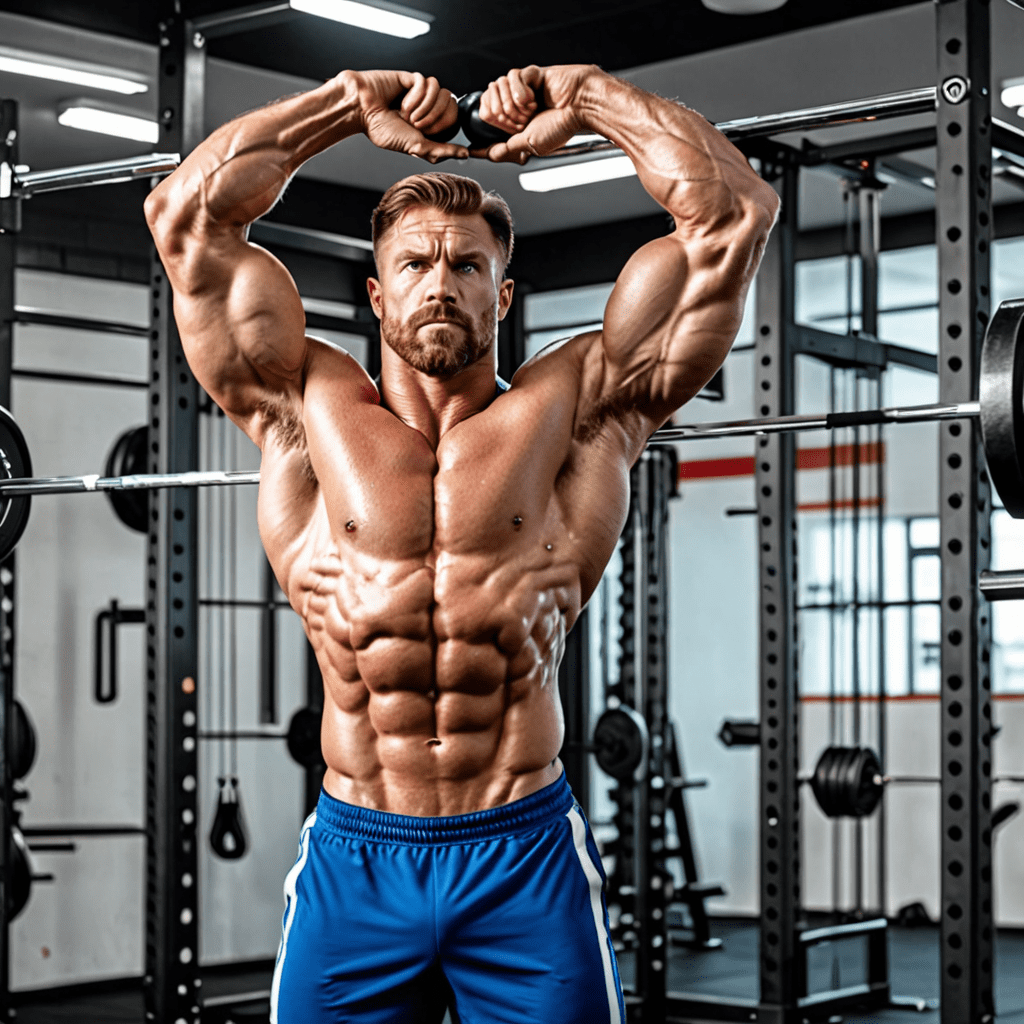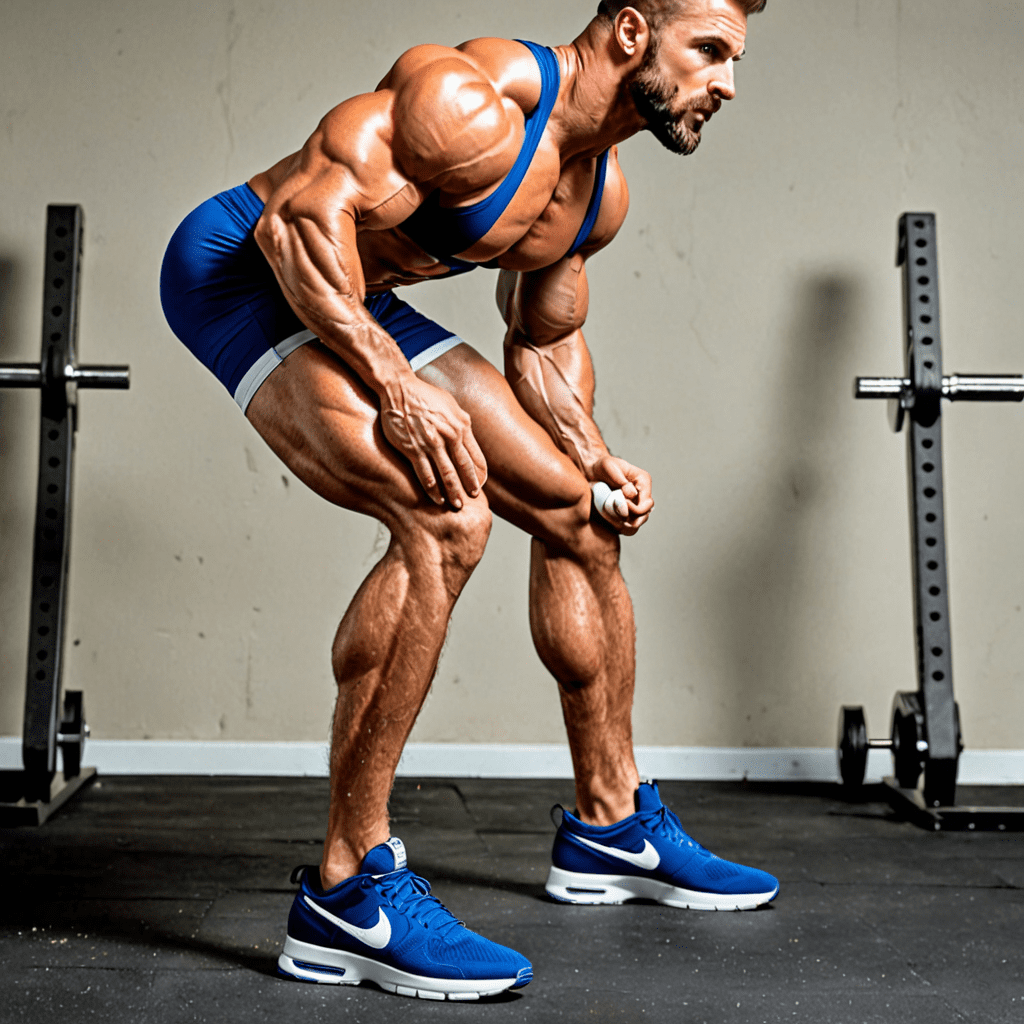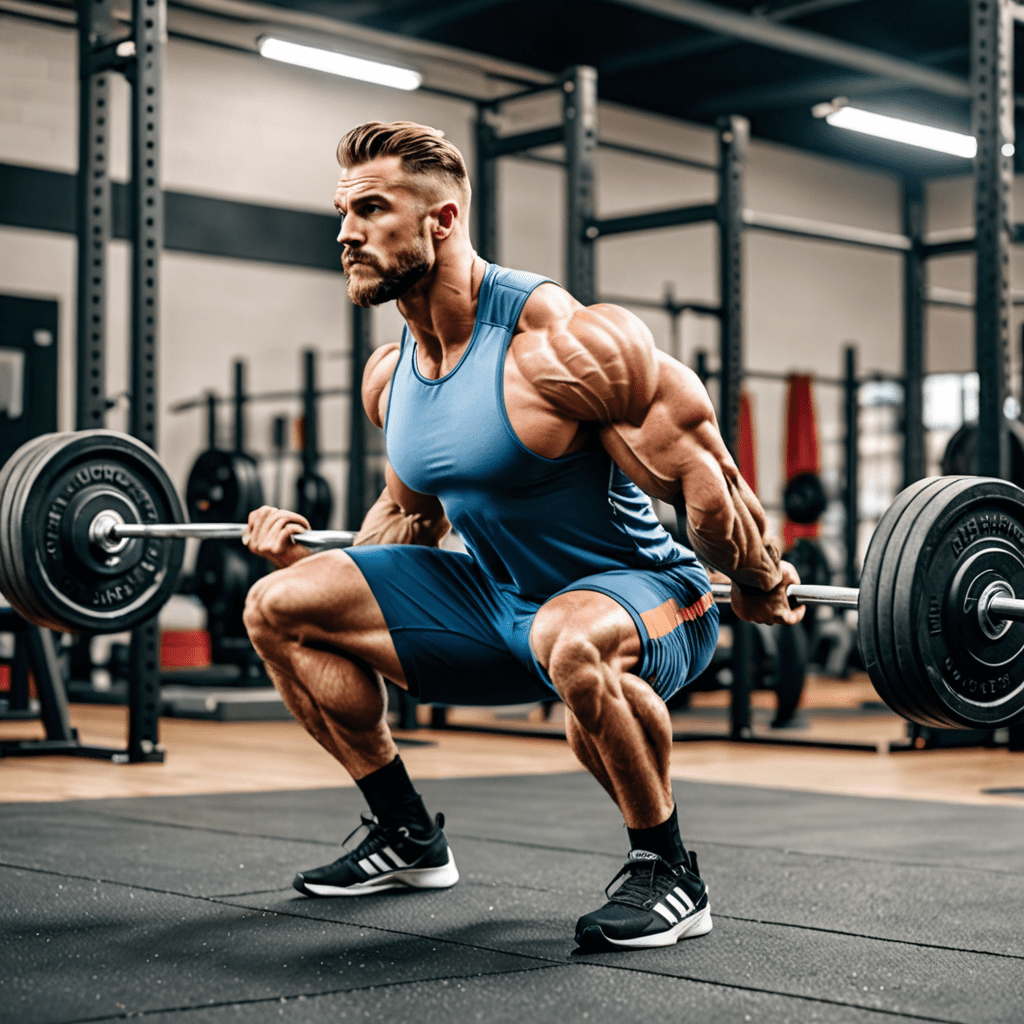
Shoulder Pain during Squats: Understanding the Causes and Solutions
Introduction
Squats are an excellent exercise for building strength and muscle in the lower body. However, many individuals experience shoulder pain during squats, which can hinder their progress and potentially lead to injury if not addressed properly.
1. Improper Bar Placement
One common cause of shoulder pain during squats is improper bar placement. Placing the bar too high on the back can put excessive pressure on the shoulders and strain the surrounding muscles. Ensure that the bar rests comfortably on your upper trapezius muscles without causing discomfort.
2. Lack of Shoulder Mobility
Limited shoulder mobility can also contribute to shoulder pain during squats. If your shoulders lack the necessary range of motion, the positioning required for a proper squat can put excessive stress on the joints and muscles. Incorporating mobility exercises, such as shoulder dislocations or wall slides, can help improve your shoulder mobility over time.
3. Weak Upper Body Muscles
Weak upper body muscles, particularly the muscles in the upper back and shoulders, can make it challenging to maintain proper form during squats. When the muscles are not strong enough to support the weight, the shoulders can bear excessive strain, leading to pain and discomfort. Strengthening exercises targeting the upper body, such as rows and overhead presses, can help alleviate this issue.
4. Excessive Weight
Overloading the bar with excessive weight can put unnecessary pressure on the shoulders during squats. It’s important to gradually increase the weight and ensure that you are using a weight that allows you to maintain proper form throughout the movement. If your shoulders are hurting, consider reducing the weight until your form improves and the pain subsides.
5. Incorrect Form
Poor squatting technique can also contribute to shoulder pain. Common form mistakes include rounding the back, leaning too far forward, or allowing the elbows to excessively flare out. It’s crucial to focus on maintaining a neutral spine, engaging the core, and keeping the chest up throughout the entire squat movement.
6. Pre-existing Shoulder Injuries
If you have a pre-existing shoulder injury, squats can aggravate the condition and cause pain. It’s essential to consult with a healthcare professional or a qualified trainer who can assess your specific situation and provide modifications or alternative exercises that won’t exacerbate the injury.
FAQ
Q1: Should I stop squatting if my shoulders hurt?
A1: If you experience persistent shoulder pain, it’s advisable to take a break from squatting and consult with a healthcare professional or a qualified trainer to determine the underlying cause and receive appropriate guidance for rehabilitation or modification.
Q2: Can I modify my squat to reduce shoulder pain?
A2: Yes, modifying your squat can help alleviate shoulder pain. This can include using a different grip position, such as a front squat or goblet squat, that places less stress on the shoulders. Additionally, implementing mobility exercises and strengthening exercises for the shoulders and upper back can also be beneficial.
Q3: When should I seek medical help for my shoulder pain?
A3: If your shoulder pain persists or worsens despite modifications and rest, it’s important to seek medical help. A healthcare professional can assess your condition, provide an accurate diagnosis, and recommend appropriate treatment options.


